With their fairly similar compact sizes, the Galaxy S25 and iPhone 16 are aimed at those who want the best in technology without compromising on handling. But which one really stands out?
Design, screen, performance, artificial intelligence, battery life, camera, software, and price: every aspect was scrutinized during our tests, with figures to back it up. The results are sometimes close, sometimes clear, but they reveal differences that can tip the scales depending on your priorities.
Design: Samsung and Apple master their copy
The Galaxy S25 has a sleek design, inherited from older Samsung smartphones. Its compact size (147 x 70.6 x 7.6 mm for 167 g) makes it easy to hold. The choice of Gorilla Glass Victus 2 on the front and back ensures good resistance to shocks and scratches, while limiting fingerprints thanks to a matte finish. The aluminum frame reinforces the solidity of the whole, and the IP68 certification guarantees total protection against water and dust.
Samsung offers several colors, from classic black to blue, including pink and green, allowing you to customize your device according to your tastes. The buttons are well placed, the grip is pleasant, and the format remains accessible even for small hands. The camera module, aligned vertically, is discreetly integrated into the back of the phone.
For its part, the iPhone 16 retains Apple's aesthetic codes: flat edges, aluminum chassis, tinted glass back, and an immediate impression of robustness. With dimensions of 147.6 x 71.6 x 7.8 mm and 173 g, it is very close to the Galaxy S25 in terms of size, but feels a little denser in the hand. The glossy finish on the back attracts fingerprints more easily, but it still feels pleasant to the touch.
Apple offers five pastel colors (blue, pink, yellow, green, black), faithful to the brand's universe. IP68 certification is also included. The overall ergonomics are neat, even if the design changes little compared to the previous generation. The camera module, now diagonal, remains prominent but well integrated.
Both models offer excellent build quality and increased resistance to everyday hazards. The Galaxy S25 stands out for its lightness and matte finish, while the iPhone 16 focuses on robustness. The choice will depend mainly on aesthetic preferences and the desired grip.
Screen: Samsung crushes Apple
Samsung remains faithful to AMOLED, with a 6.2-inch panel (2340 x 1080 pixels, 416 ppi) covering 87.2% of the front face. The adaptive refresh rate of 1 to 120 Hz offers exceptional fluidity, whether browsing, gaming, or scrolling through content.
The maximum manual brightness reaches 1515 cd/m² according to 01lab measurements, ensuring perfect readability even in direct sunlight. The colors are vibrant, the contrast infinite, and the HDR management is very effective. The borders are thin, the screen space is optimized, and the front camera is discreetly integrated into a central punch-hole.
The iPhone 16 offers a 6.1-inch OLED screen (2556 x 1179 pixels, 460 ppi), slightly smaller but a little more defined than that of the S25. Apple prioritizes color fidelity and excellent brightness management, which reaches only 1040 cd/m². Fortunately, the contrast is remarkable, the colorimetry very accurate.
However, the refresh rate remains stuck at 60 Hz, which may disappoint users accustomed to the superior fluidity of 90 or 120 Hz screens. This remains sufficient for most uses, but less pleasant for gaming or fast scrolling.
The Galaxy S25 takes the lead thanks to its adaptive refresh rate, extreme brightness, and vivid colors. The iPhone 16 impresses with its display precision and light management, but lags behind in terms of fluidity.
Performance: two ultra-fast smartphones
In Europe, the Galaxy S25 features the Exynos 2500, Samsung's in-house chip engraved in 4 nm. It is supported by 12 GB of RAM and UFS 4.0 storage from 128 to 512 GB. Performance is there: no latency, smooth multitasking, 3D gaming without slowdowns, and efficient thermal management that limits heating even during long sessions. In terms of benchmarks, on Geekbench 6, we obtained 3233 points on a single core, and 10290 points in multi-core.
The Mali-G720 MC12 graphics chip ensures a good gaming experience, and the software optimization of One UI 7.0 contributes to overall responsiveness. Benchmark scores are high, and the S25 ranks among the fastest Android smartphones on the market.
The iPhone 16 is powered by the Apple A18 chip, manufactured in 3nm, coupled with 6GB of RAM and storage ranging from 128 to 512GB. Despite the lower RAM, iOS 18's software optimization allows for exemplary fluidity in all situations. Benchmark scores are impressive, often surpassing those of Android competitors in raw power. It scores 3274 points on one core on Geekbench 6, and 7940 points on all cores.
The handling of demanding applications, multitasking and games is impeccable. The iPhone 16 heats up very little, even during intensive use, and battery life doesn't suffer. Responsiveness is consistent, and the user experience remains fluid over time.
In practice, both models offer a very high level of power. The S25 has the advantage in terms of RAM and multitasking, while the iPhone 16 stands out for its chip efficiency and software optimization. For everyday use, the difference is minimal. We prefer the Galaxy S25 and its smoother screen for gaming, and the iPhone for tasks such as video editing.
Artificial Intelligence: Apple is behind the curve
Samsung has integrated many AI features into the S25. We find real-time translation during calls, instant transcription of conversations, intelligent photo editing (object deletion, automatic enhancement), and contextual suggestions in the One UI interface. AI is also involved in battery management, performance optimization, and notification personalization.
Voice recognition is accurate, dictation works well, and AI integrates seamlessly into the user experience. Samsung also offers AI tools for productivity, such as text synthesis and summarization.
Apple, for its part, has improved Siri and voice dictation on the iPhone 16. Some suggestions are more relevant, the voice assistant understands complex queries better, and recognition of user habits allows it to anticipate certain needs. However, AI integration remains more discreet than with Samsung, and advanced features are fewer.
The iPhone 16 focuses more on stability and reliability, with AI working primarily in the background to optimize performance and battery life.
The Galaxy S25 has the edge for those who want to take full advantage of new features related to artificial intelligence. The iPhone 16 remains less focused on AI for the moment, as Apple has fallen behind with Apple Intelligence.
Battery and charging: Samsung is ahead of the curve
The S25 has a 4000 mAh battery, compatible with 45W fast charging and 15W wireless charging. In mixed use, the 01lab measured no less than 18 hours and 21 minutes of battery life. Fast charging allows the battery to be filled in 1 hour 31 minutes, which puts it far behind the best on the market.
Battery management is optimized by AI, which adapts consumption according to usage. Samsung also offers an effective power saving mode to extend battery life when needed.
The iPhone 16 has a slightly smaller battery (around 3349 mAh). 01lab measured only 13 hours 27 minutes of battery life on Apple's small smartphone, much less than the Galaxy S25. Fast charging (20 W) is also less efficient than Samsung's, since it takes 1 hour 52 minutes to fill the battery, but MagSafe wireless charging (15 W) remains comparable to Samsung's.
Apple also offers power saving modes, and battery management is transparent to the user. The iPhone 16 doesn't get very hot, even when charging or during intensive use.
Both models offer solid battery life for a full day, but Samsung fares better despite Apple's good software optimization. The S25 takes the lead in charging speed and battery life.
Software: A Personal Choice
The S25 runs on Android 15, with the One UI 7.0 overlay. The interface is customizable, feature-rich, and the integration of AI improves the overall experience. Samsung promises seven years of major updates and seven years of security patches, which is reassuring about the software lifespan.
One UI offers many practical tools (floating windows, dark mode, advanced customization), and compatibility with the Samsung ecosystem (tablets, watches, PCs) is an asset for those who already own other devices from the brand.
The iPhone 16 runs iOS 18, known for its simplicity, fluidity, and stability. Updates are guaranteed for at least five years, and the Apple ecosystem remains a major asset for those who already use a Mac, iPad, or Apple Watch. The integration between the devices is almost seamless, and the handling is immediate.
iOS 18 brings some new features (interactive widgets, home screen customization, Siri improvements), but remains faithful to the Apple experience: consistent, intuitive, and without unnecessary features.
Android 15 seduces with its customization and advanced features, while iOS 18 focuses on simplicity and stability. The choice here will depend on the preferred system and the ecosystem you already have at home.
Photo: versatility or video expertise
The S25 offers a triple camera module: 50 Mpx main sensor (f/1.8), 12 Mpx ultra wide-angle (f/2.2), and 10 Mpx 3x telephoto lens (f/2.4). Photos are detailed, with vivid colors and good contrast balance. Night mode is efficient, limiting noise and preserving precise details. The 3x optical zoom lets you get close to subjects without losing quality, and the digital zoom goes up to 30x.
The video section allows you to film in 8K at 30 fps or 4K at 60 fps, with effective stabilization. Portrait, macro, and pro modes offer numerous creative possibilities. AI intervenes to optimize settings in real time.
For its part, the iPhone 16 has a dual camera: main sensor of 48 Mpx (f/1.6) and 12 Mpx ultra-wide-angle (f/2.4). The shots are natural, the light management is excellent, and the portrait mode remains a benchmark, with precise clipping and realistic background blur. Night mode is effective, but the lack of a telephoto lens limits versatility for long-distance shots.
In video, the iPhone 16 offers 4K at 60 fps with formidable stabilization and very convincing HDR rendering. Apple remains the benchmark for ease of use and video quality, even in motion.
The Galaxy The S25 wins out in terms of versatility (telephoto, zoom, creative modes), while the iPhone 16 impresses with its color accuracy, portrait mode control, and video quality. For those who want to explore all facets of mobile photography, the S25 offers greater versatility.
Price: One of the two is always more expensive
The S25 starts at €899 for the 128 GB version, €959 for 256 GB, and €1,079 for 512 GB. Samsung and other retailers regularly offer discounts that make the purchase more attractive. The price positioning is therefore slightly lower than that of the iPhone 16, which can make a difference for tight budgets.
The iPhone 16 starts at €969 for 128 GB, €1099 for 256 GB and €1349 for 512 GB. Promotions are rare, and Apple's pricing policy remains firm. However, the resale value of iPhones is generally higher, which can offset the additional purchase cost for those who regularly upgrade their smartphone.
The Galaxy S25 offers better value for money, especially for versions with more storage. The iPhone 16 remains more expensive, but retains an attractive resale value.
Verdict
The Galaxy S25 and iPhone 16 each embody the best of their universes. The S25 impresses with its 120 Hz AMOLED display, advanced AI features, camera versatility, fast charging, and more affordable price point. It's aimed at those who want a full-featured, compact Android smartphone.
The iPhone 16 focuses on the power of the A18 chip, photo/video quality (especially in video and portrait mode), the simplicity of iOS, and software longevity. It will suit those who prioritize the Apple ecosystem, stability, and resale value.
The Galaxy S25 takes a slight lead over Apple thanks to its innovations, its superior screen, its AI options, and its price/performance ratio. But the iPhone 16 remains a safe choice for users already invested in the Apple universe or looking for a reliable and high-performance device over the long term. The final choice will therefore depend above all on your uses, your software preferences, and your budget.

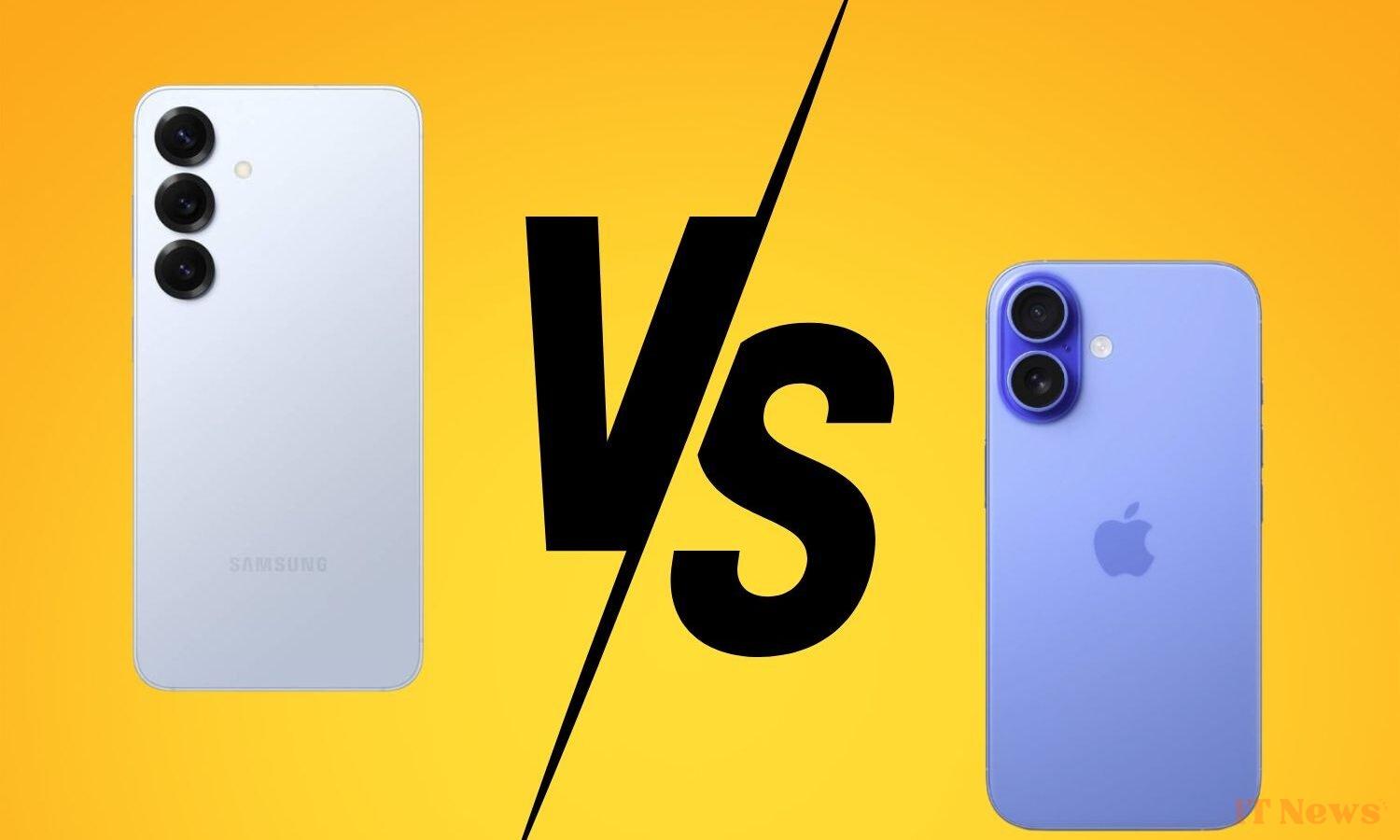
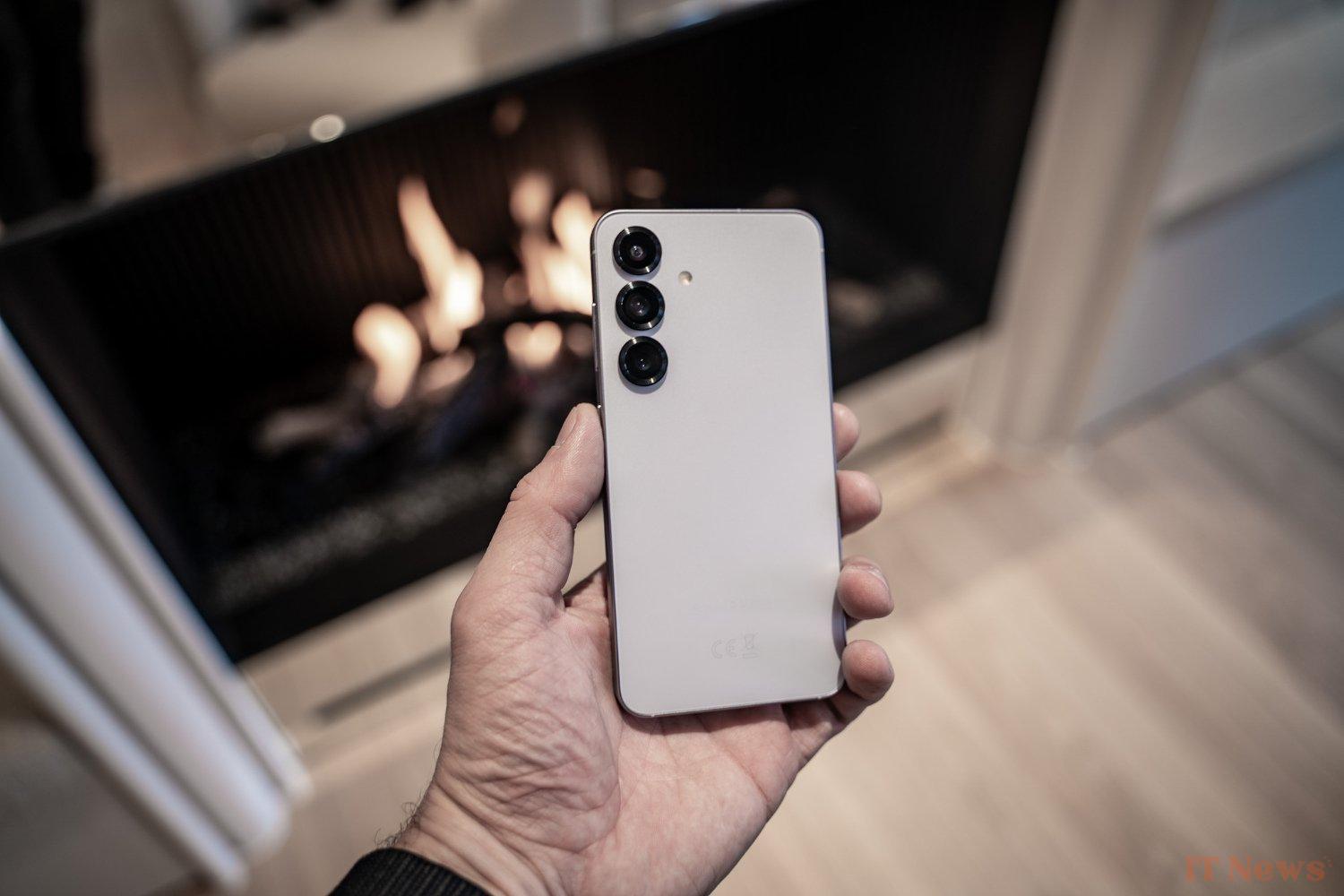
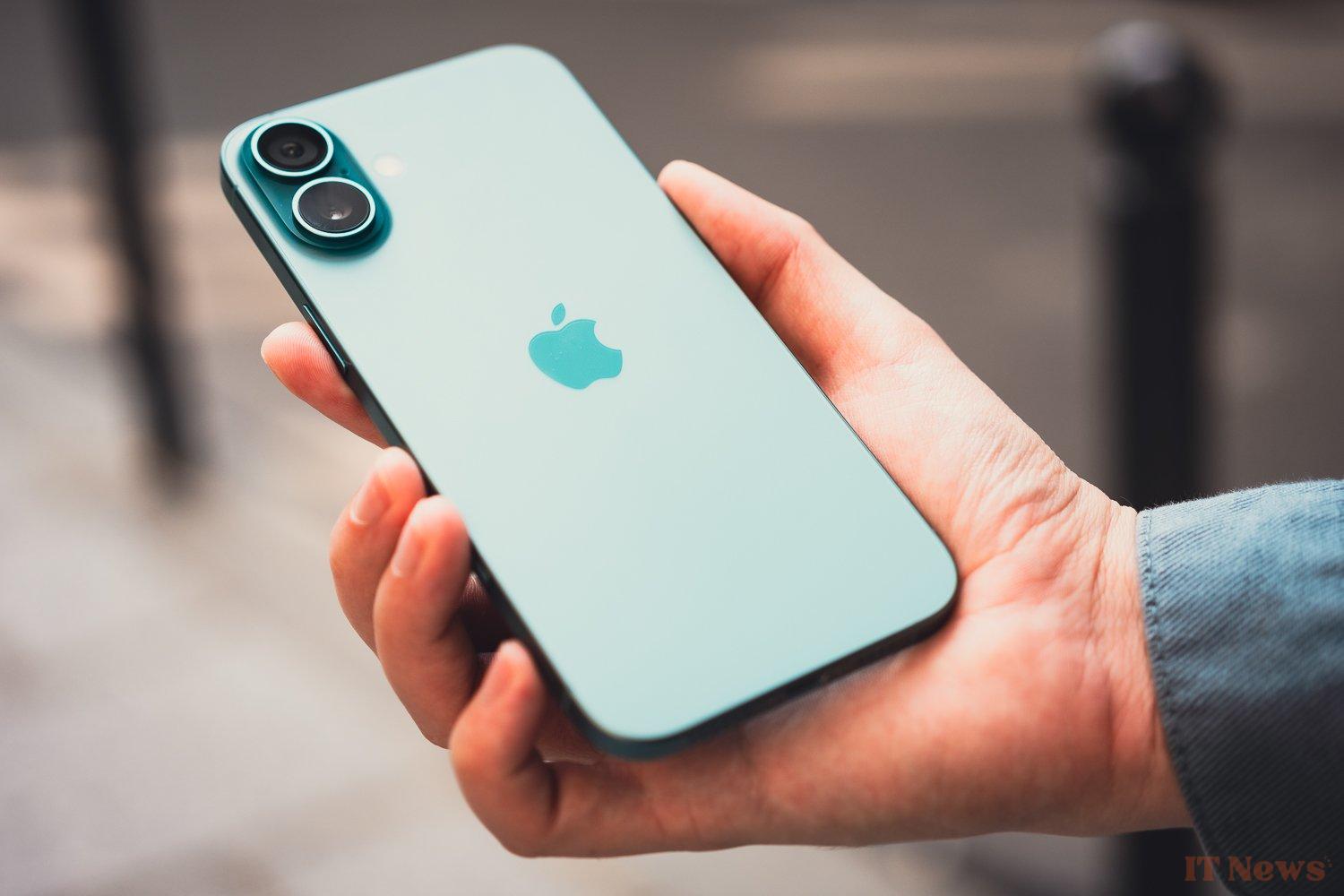
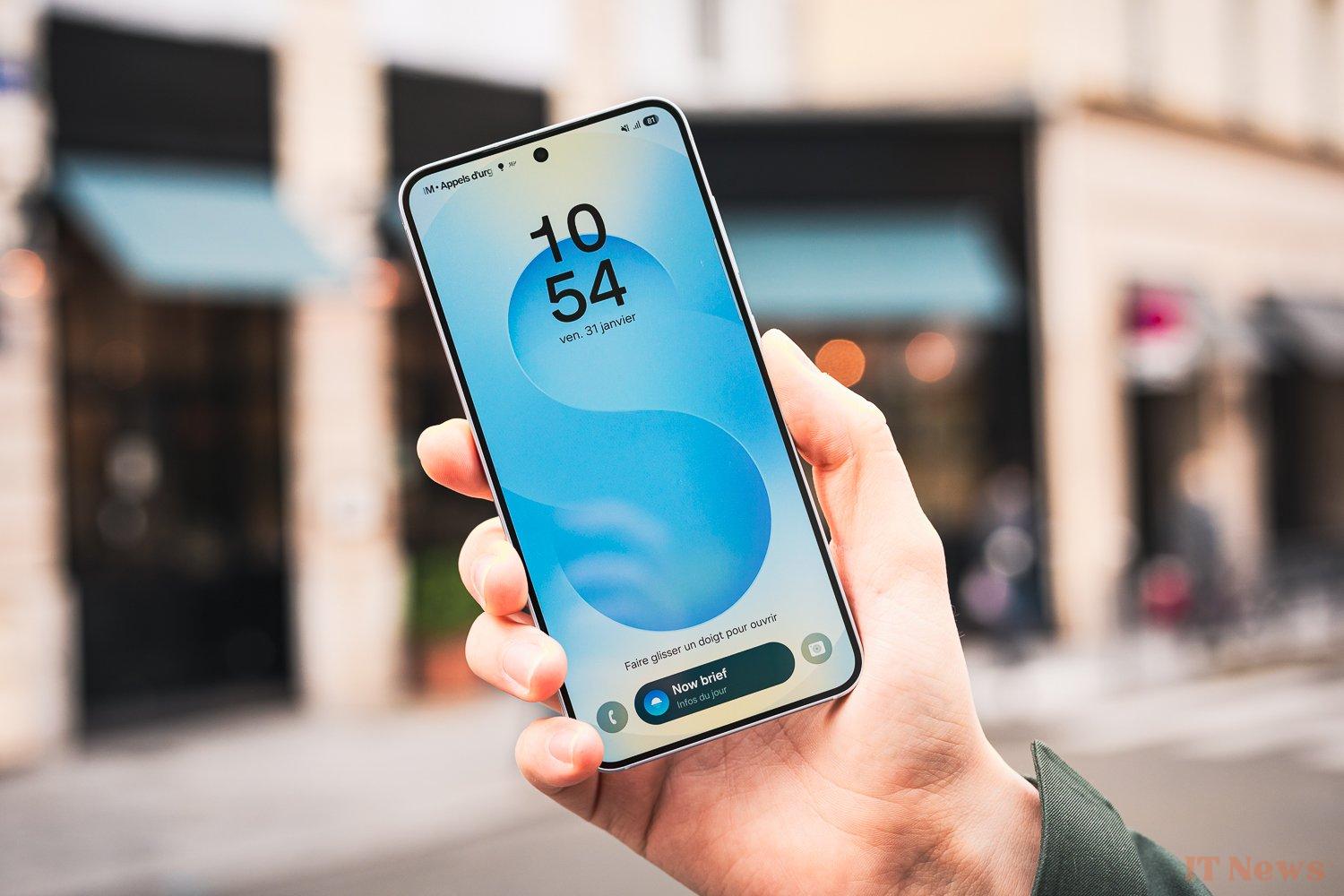
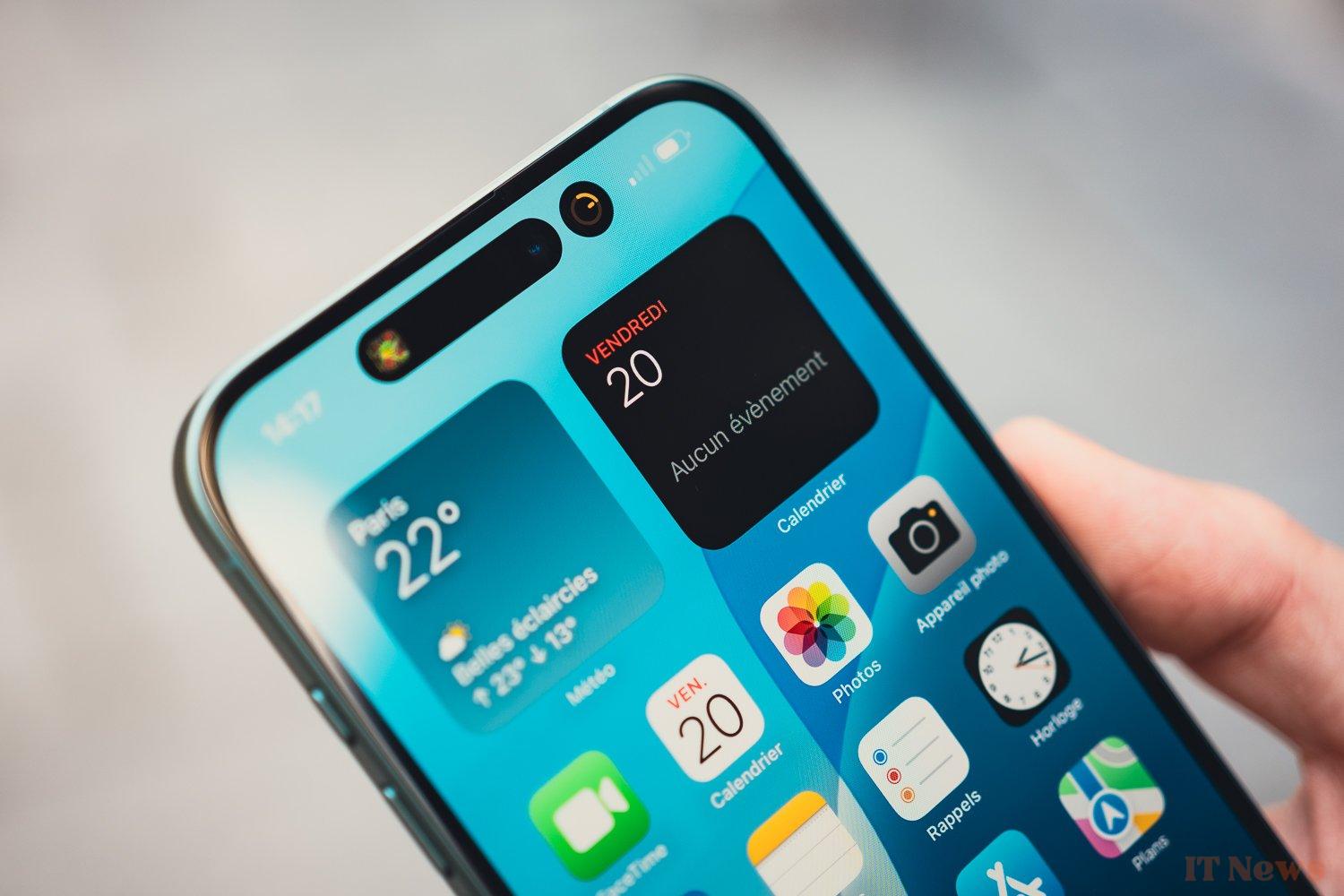
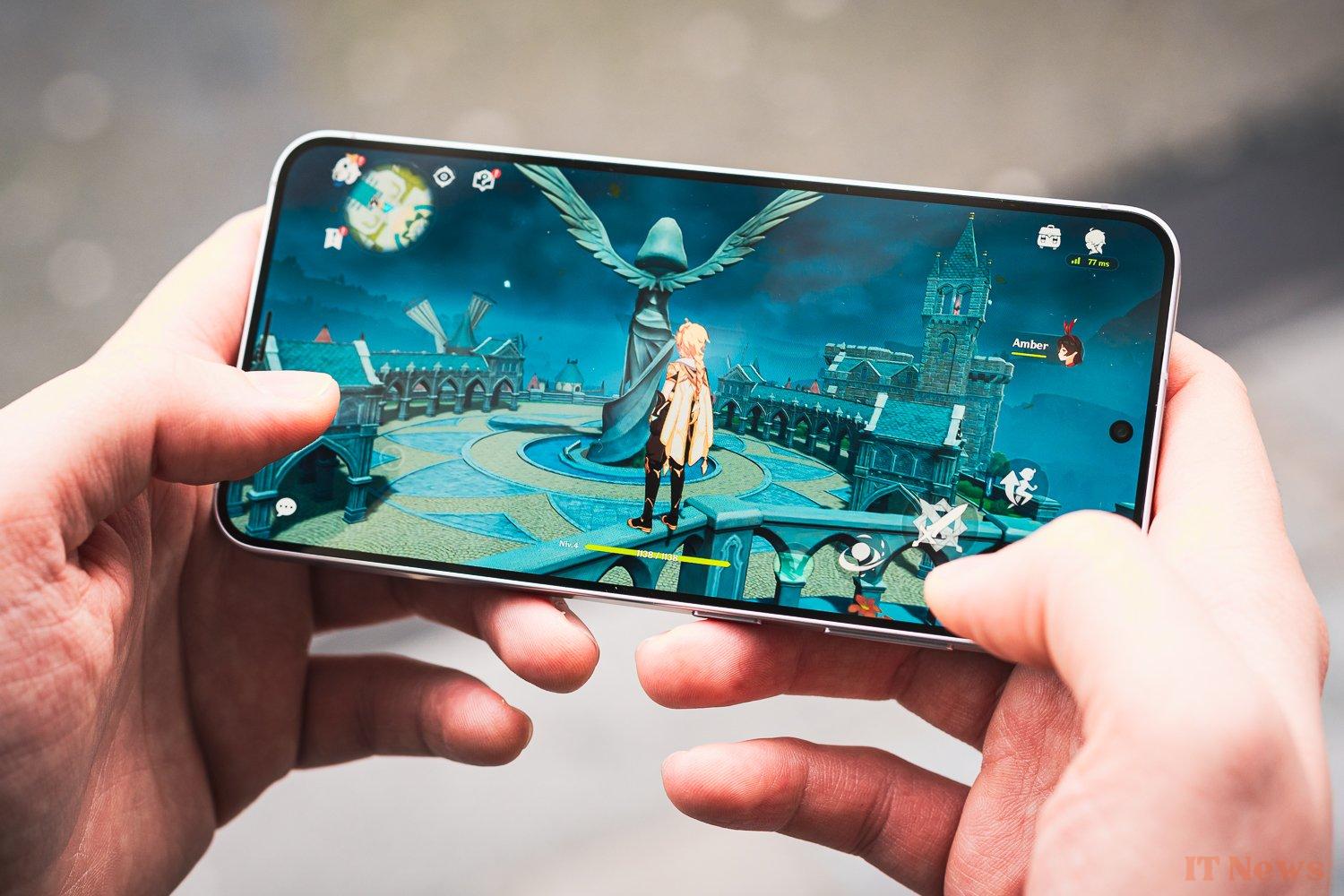
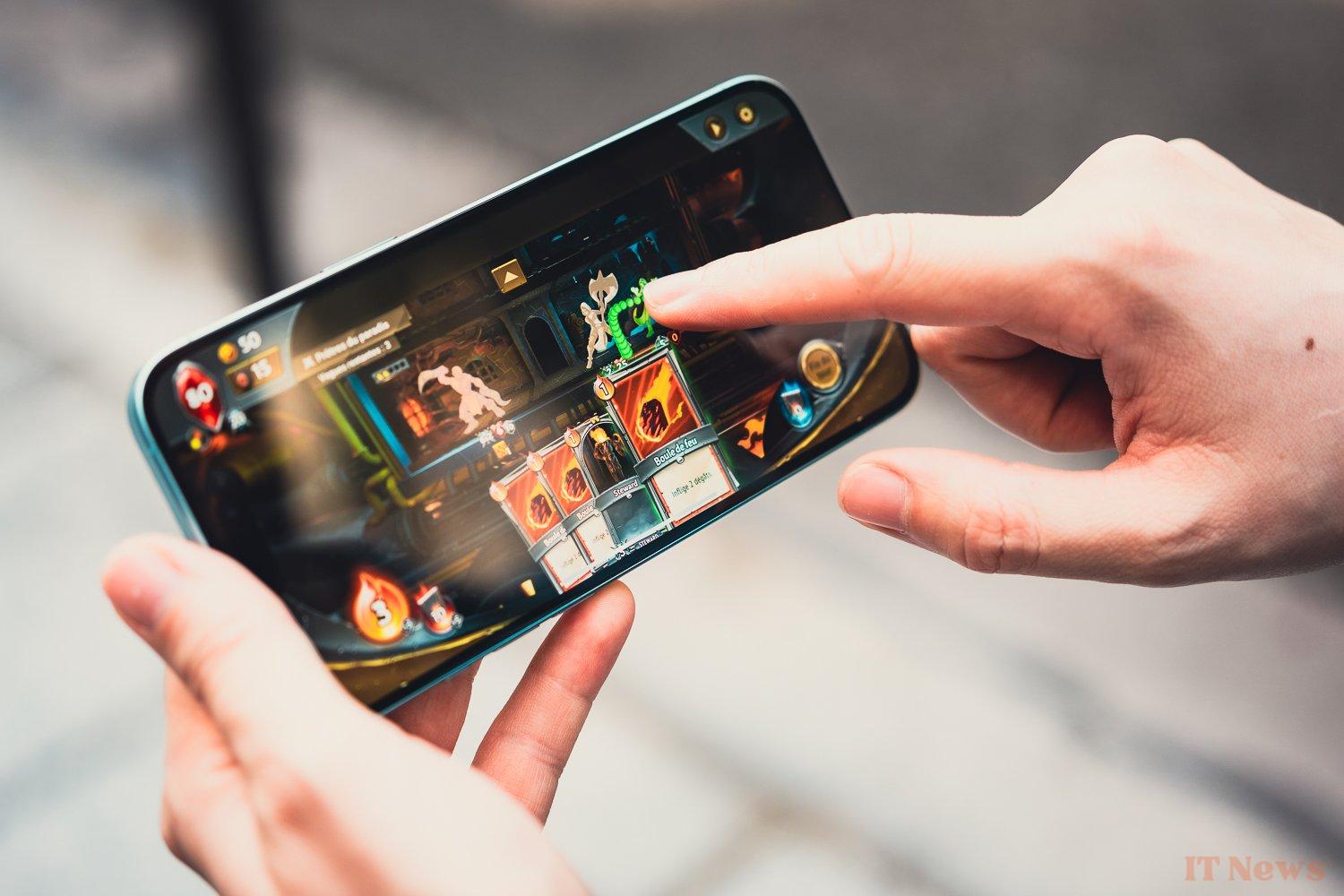
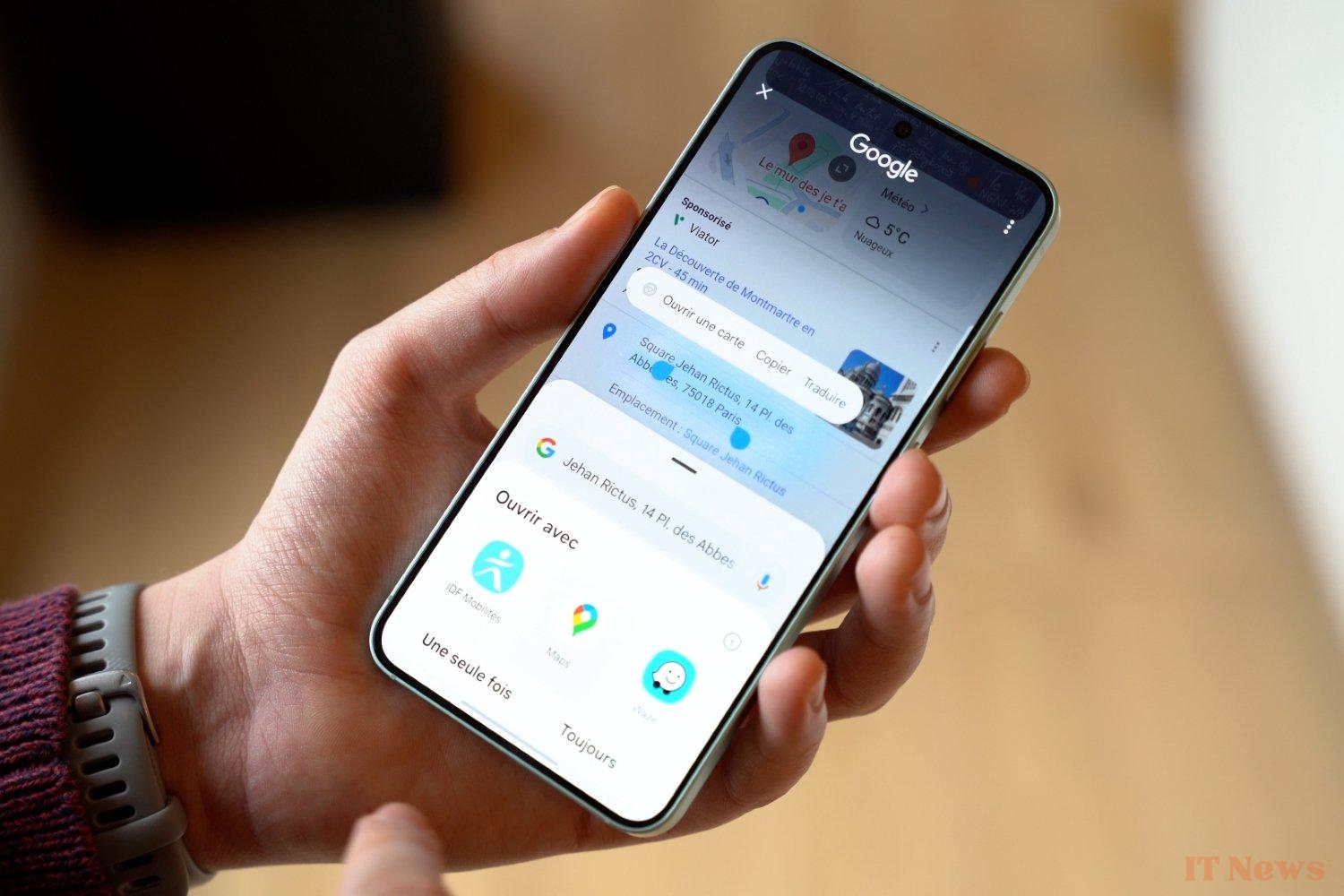
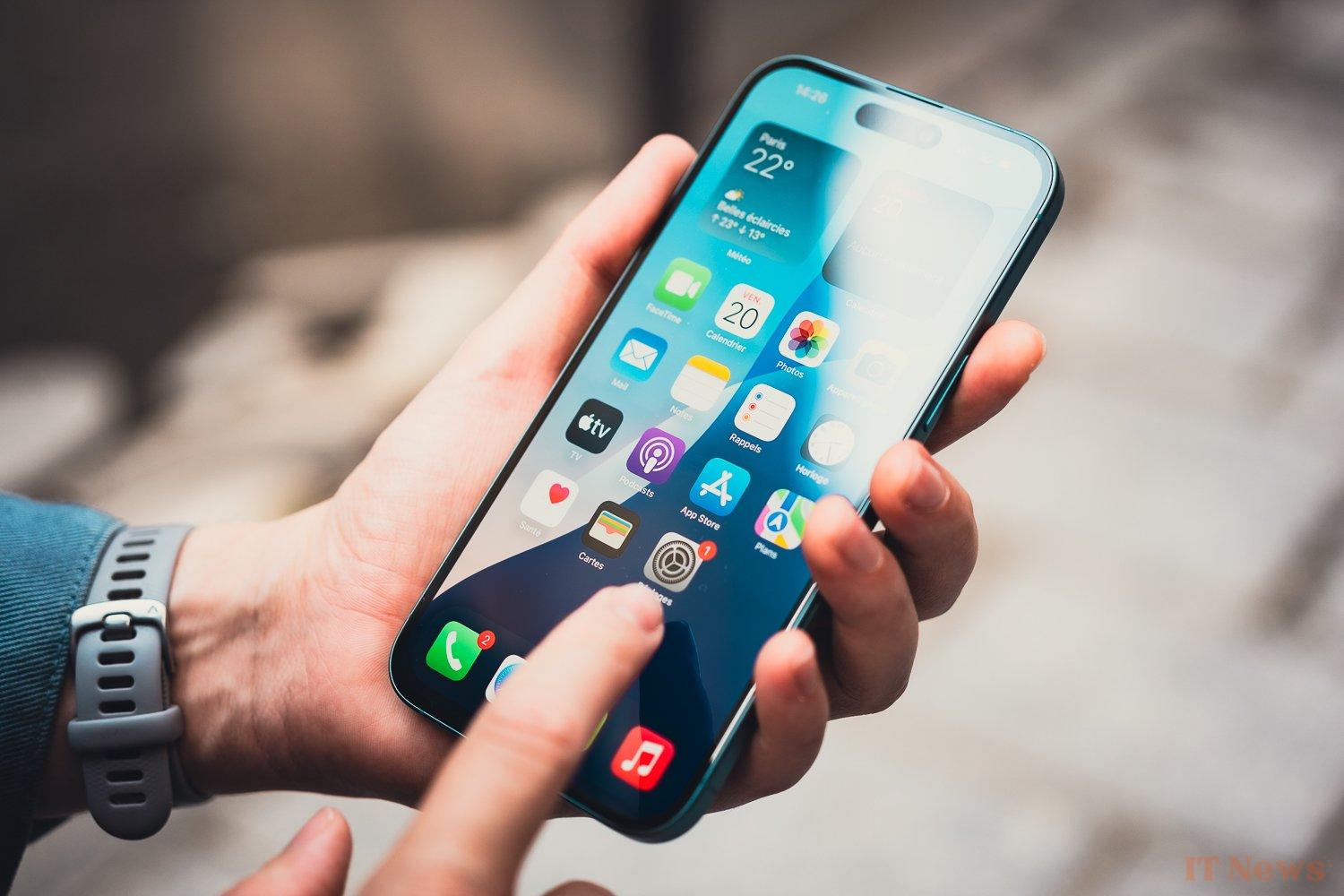
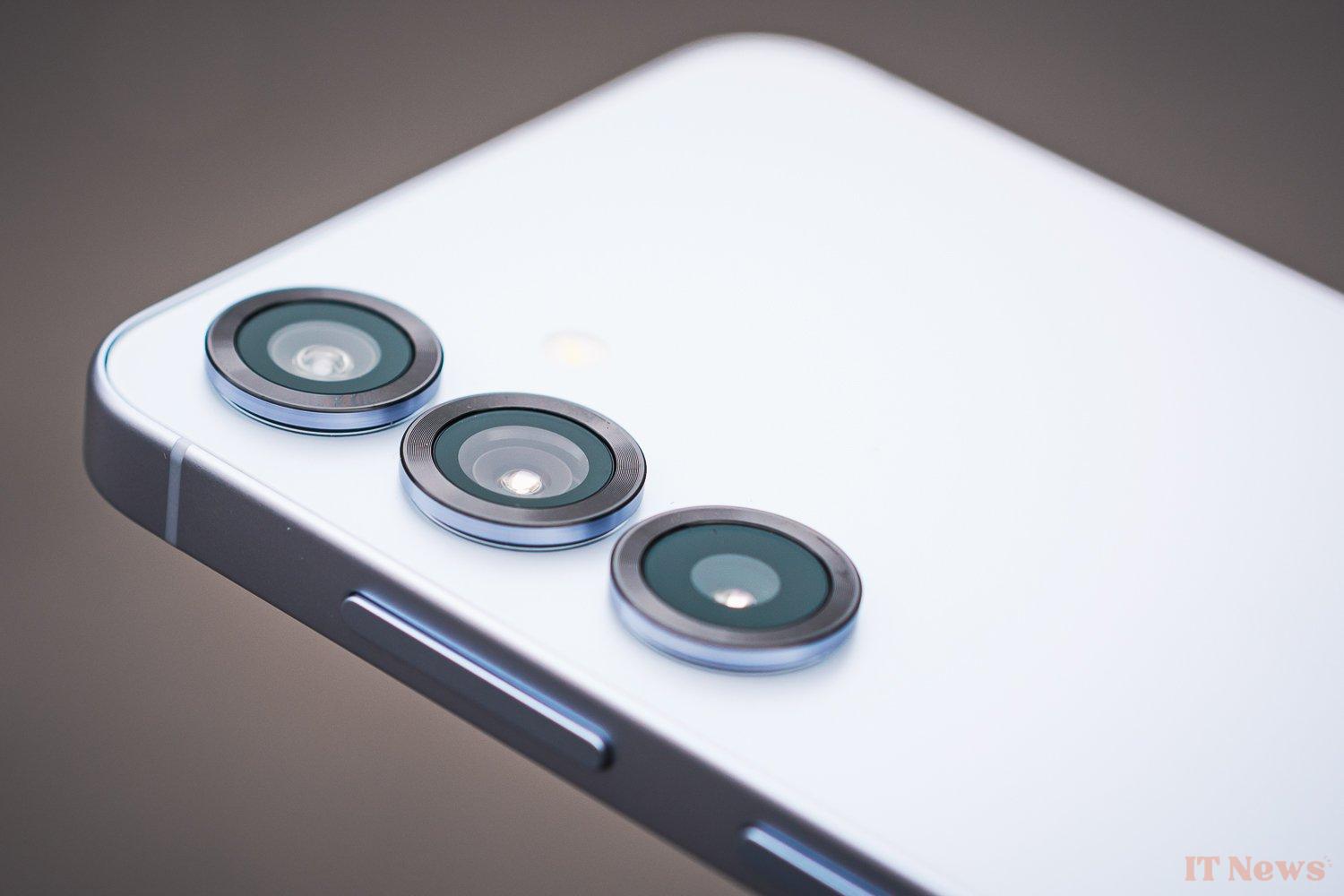


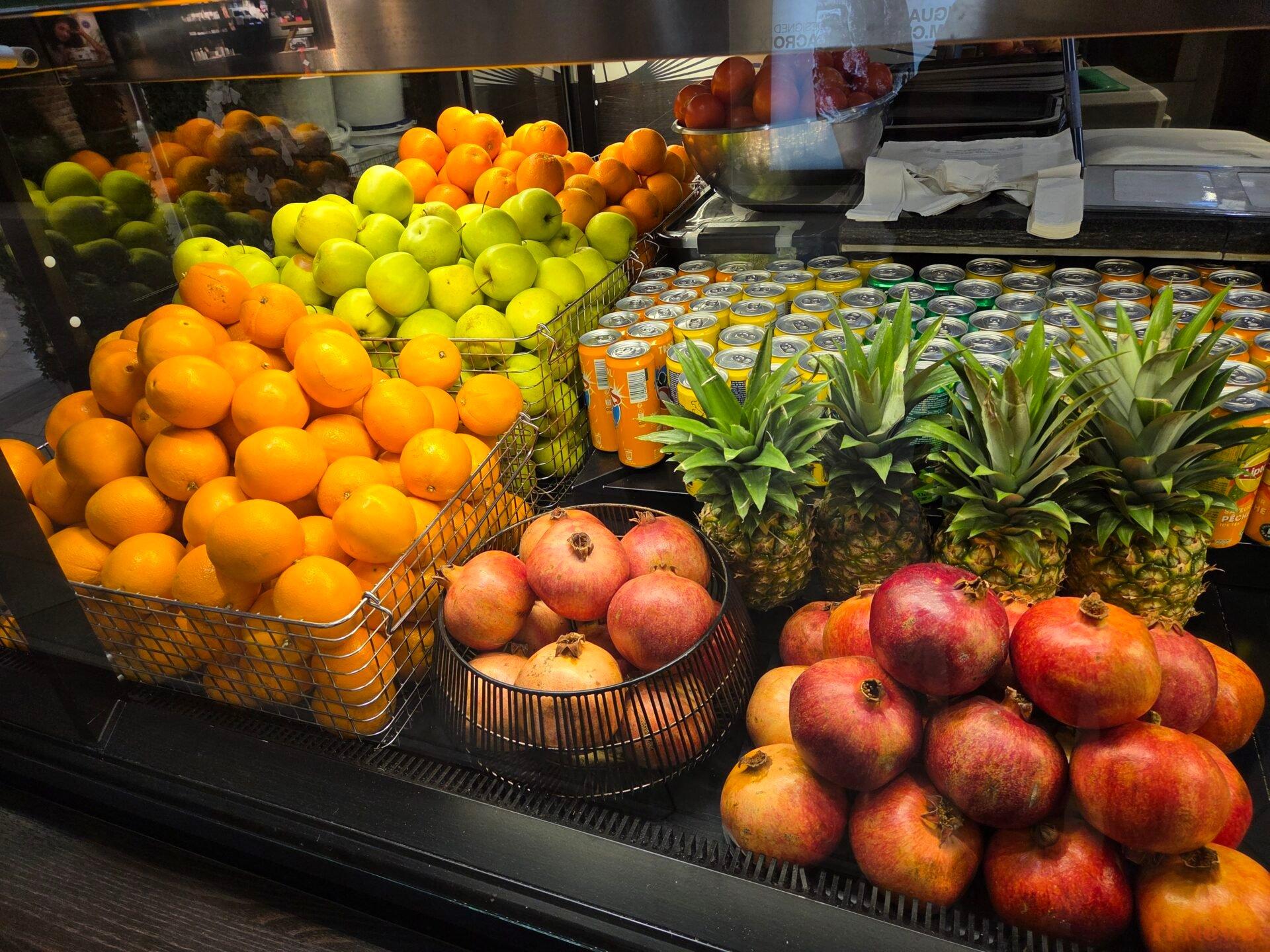





0 Comments